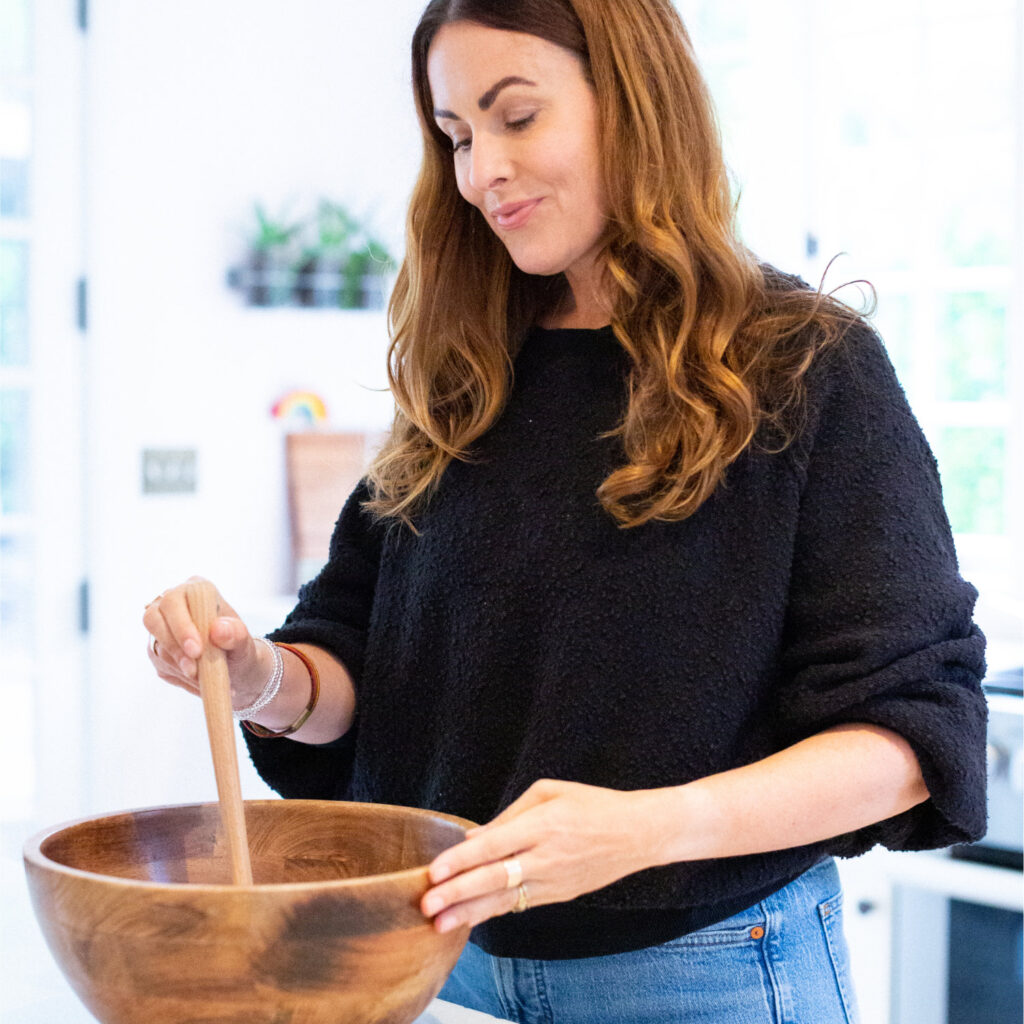Best Foods for Oral Health

The best foods for oral health provide a variety of nutrients that promote healthy teeth and gums. When you eat or drink, the environment in your mouth becomes acidic as part of your body’s natural digestive process. Bacteria that live in the mouth break down sugars, flours, and starches while you eat and drink and produce acid, lowering the pH levels of the mouth.
Therefore, following a balanced diet of fruits, vegetables, protein-rich foods, calcium-rich foods, and whole grains is optimal for maintaining a healthy smile and body.
Build for a Tooth-friendly Diet
- Foods high in vitamin D3 support tooth strength and remineralization to protect against cavities. Vitamin D is one of the nutrients responsible for delivering calcium to your teeth (along with vitamins A, magnesium, and K2). Popular foods rich in vitamin D3 include tuna, cod liver oil, egg yolks, and canned sardines
- Vitamin K2 is a lesser-known nutrient that is vital for building tooth structure. If you’re K2-deficient, your teeth and bones will become weaker over time. Additionally, your risk of most chronic diseases goes up (not just cavities). Since your body cannot easily convert K1 (kale) into K2, it is a good practice to supplement, especially if you’re on a plant-based diet. Foods highest in vitamin K2 include natto, cheese, grass-fed butter, and egg yolks.
- Calcium is a key nutrient your teeth need from the inside out. Higher calcium intake reduces your risk of gum disease. If you’re taking a calcium supplement, ensure you’re also getting plenty of vitamins D3 and K2 since they work together. Calcium-rich foods include chia seeds, beans and lentils, collard and leafy greens, and edamame.
- When you consume probiotics, you’re supporting both your oral and gut microbiome. Healthy bacteria are necessary for flushing out anything that leads to cavities and gum disease. The added advantage is that they keep your breath fresh! Examples of probiotic foods include fermented pickles, kombucha, and sauerkraut.
Eat A Rainbow

Eat a Rainbow is nutritional advice often used with little ones, but it is also good advice for adults. Every produce item contains micronutrients (nutrients other than proteins, fats, and carbohydrates).
When you eat plant-based food, its color represents the phytonutrients it contains. Deep, vibrant fruits and vegetables get their colors from antioxidants (like carotenoids and flavonoids) that support overall health.
Let’s look at what each color in the rainbow of food represents.
Purple and Blue Colored Foods
Purple and blue fruits and vegetables are rich in antioxidants called anthocyanins and resveratrol.
These nutrients are specifically known for their cancer-fighting and anti-aging properties. They’re also great for keeping your brain sharp!
Examples include: red cabbage, purple cauliflower, blackberries, blueberries, eggplant, grapes, prunes, and plums.
Green Colored Foods
Green vegetables and fruits are rich in essential nutrients, such as lutein, isoflavones, vitamin K1, isothiocyanates, folate, and sulforaphane. Green produce supports mental health, immune function, cardiovascular health, strong bones, healthy pregnancy, and overall health.
Examples include: kale, spinach, broccoli, avocados, asparagus, green bell peppers, limes, zucchini, and so much more.
Yellow and Orange Colored Foods
Yellow-colored produce often contains lutein and zeaxanthin, which are great for the skin, eyes, brain, and heart.
Orange foods often have these nutrients plus beta-carotene, vital for good vision. Some foods may also contain curcuminoids, powerful disease-fighting antioxidants.
Examples include: turmeric, oranges, mangoes, grapefruit, carrots, sweet potatoes, bananas, yellow bell peppers, pears, lemons, pineapple, summer squash, and golden apples.
Red Colored Foods
Anthocyanidins and lycopene are two antioxidants found richly in red fruits and vegetables.
These protect your heart and brain, improve your immune system, and may also reduce your risk of cancer.
Examples include beets, red bell peppers, apples, cranberries, grapes, cherries, tomatoes, plums, pomegranates, raspberries, and strawberries.
Learn More About Good Foods for Oral Health with Doctor Staci
Supporting your gut and oral microbiomes is the key to overall health. Doctor Staci regularly posts tips and advice for parents who want to follow a tooth-friendly diet for their little ones.
Follow Doctor Staci on Instagram or TikTok to learn more about maintaining good oral health for your whole family.
